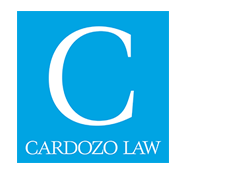Publication Date
8-2017
Journal
University of Kansas Law Review
Abstract
One often reads that, “because of the group nature of the harm alleged and the broad character of the relief sought,” Rule 23(b)(2) classes are necessarily “homogenous and cohesive group[s] with few conflicting interests.” But that truism is debatable; at minimum, it begs the question of what counts as a “conflicting interest.” After all, class members often have conflicting positions with respect to the outcome of litigation — especially in significant injunctive-relief complex, structural reform cases of the type that Rule 23(b)(2) addresses. For example, it may be the case that a minority within an injunctive class would prefer to reject the terms of a particular consent decree or settlement, while the majority of class members support the negotiated relief. Is this a disabling conflict? Should we require total homogeneity of class member interests in order to settle the (b)(2) class action and order the injunction? If not, what is the basis for extinguishing, via a non-opt-out class settlement process, the rights of dissenting members to bring suit challenging defendant’s conduct as they see fit? On the other hand, what level of heterogeneity can the (b)(2) class action accommodate? This essay engages a serious examination of mandatory class actions in contemporary practice, with these questions directly in mind.
Volume
65
First Page
989
Publisher
University of Kansas School of Law
Keywords
class actions, opt-out, injunctive relief, mandatory class actions, civil rights, consent decree, private attorney general
Disciplines
Law | Legal Remedies
Recommended Citation
Myriam E. Gilles & Gary Friedman,
The Radical Majoritarianism of Rule 23(b)(2),
65
U. Kan. L. Rev.
989
(2017).
https://larc.cardozo.yu.edu/faculty-articles/765



